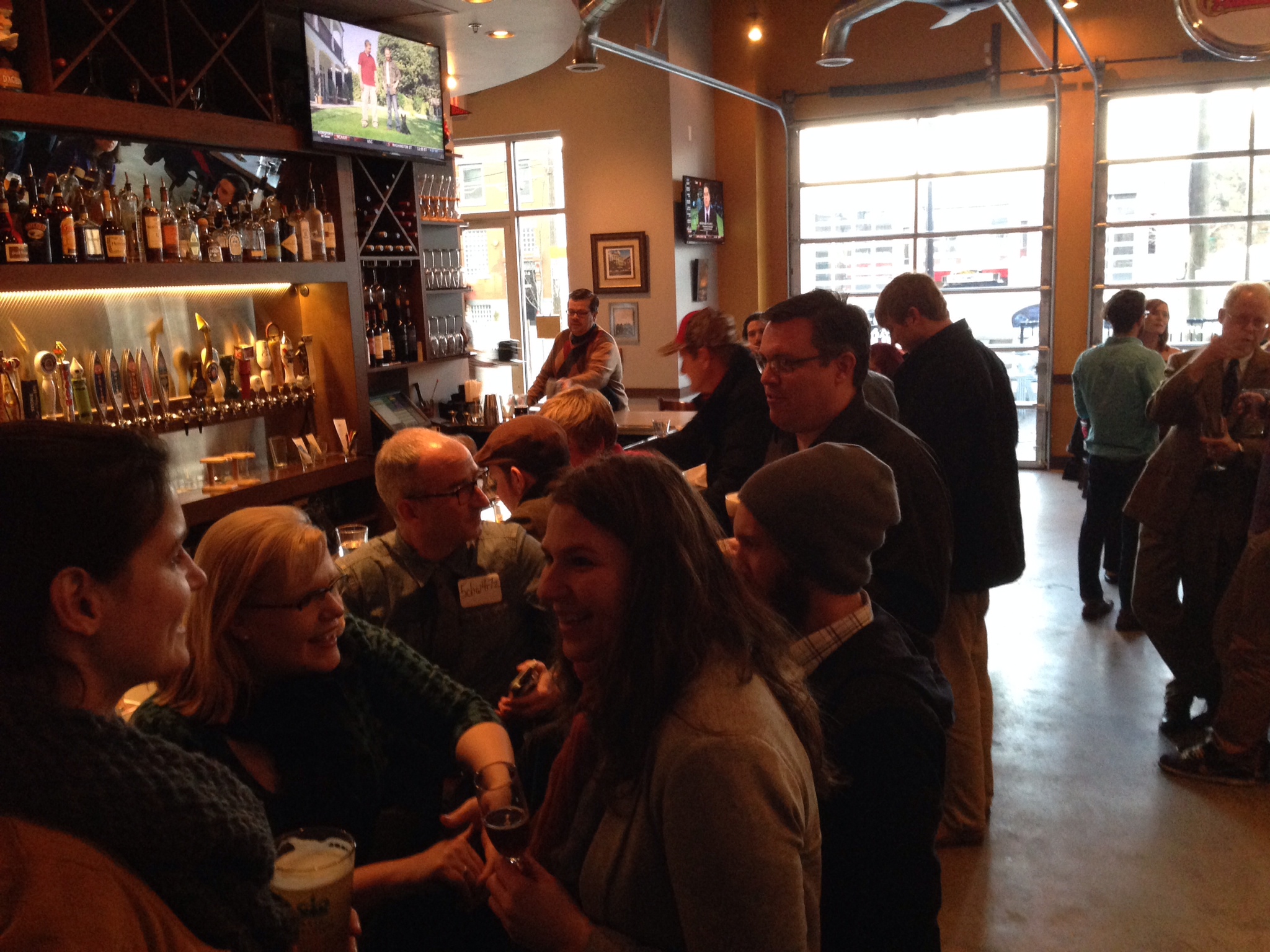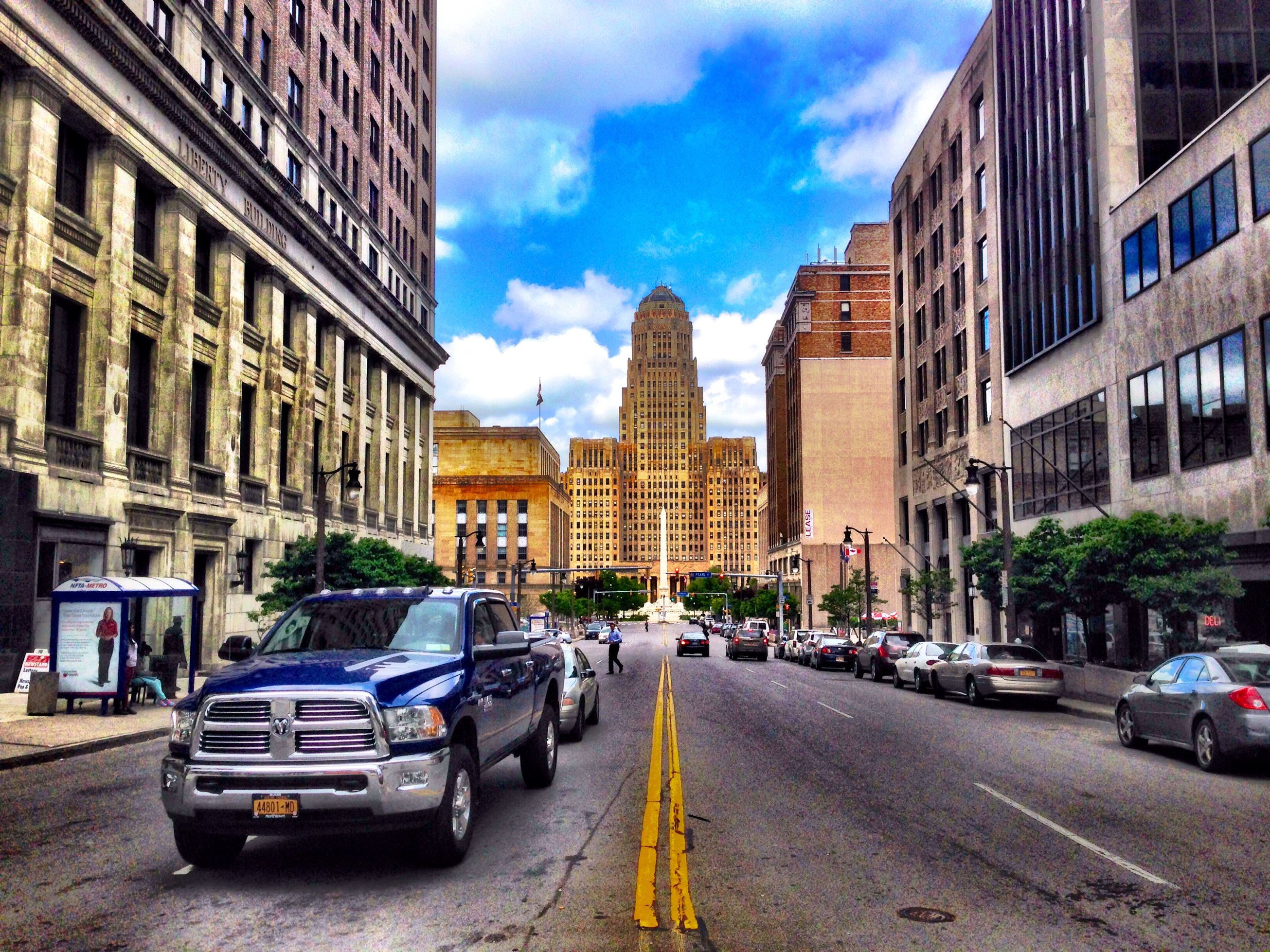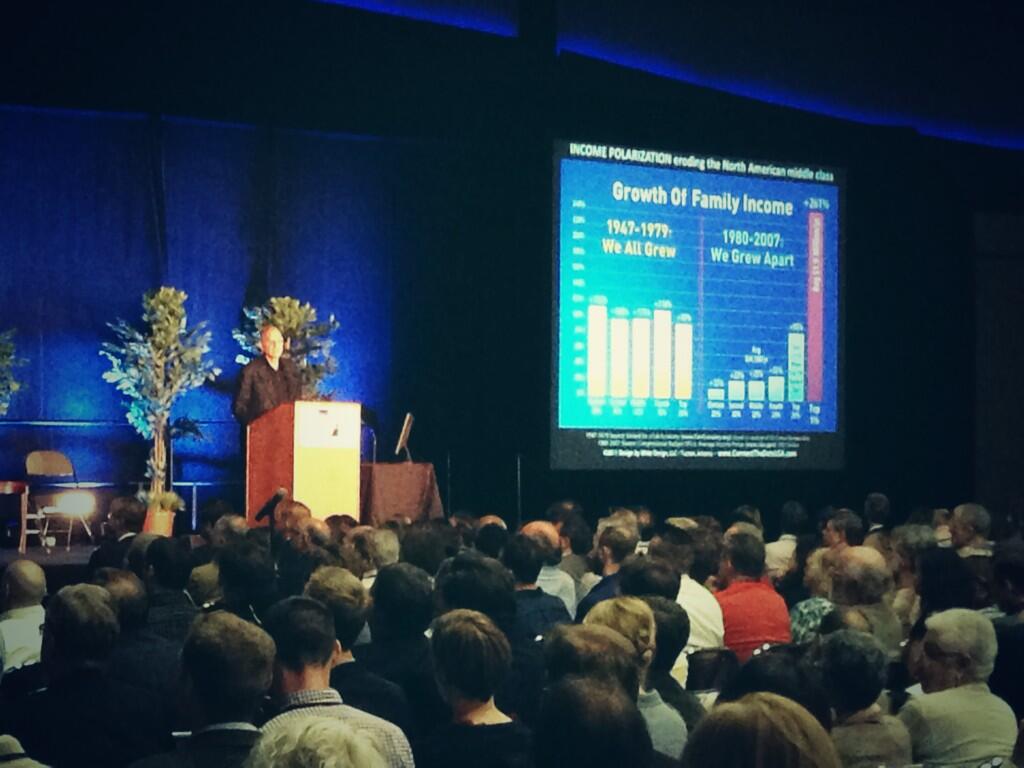This week, City Council is poised to vote on a proposed $150 million investment that would replace a one-story building and a sea of surface parking lots with a 150-unit apartment building, 75-room hotel, and 300-space parking garage on Hyde Park Square. Now, after
months of controversy and accusations of a “Manhattanization” of Hyde Park, a simple question lies before City Council that will decide this project’s fate: will Cincinnati grow or are we content with death by stagnation? Will we embrace growth, or will “housing for thee, just not next to me” prevail as a precedent in Cincinnati?
Counterpoints
There are several points of contention that the Save Hyde Park group and others have raised about the development including pedestrian safety, neighborhood character, and the affordability of housing. These talking points are at best misguided and at worst fallacies; here’s why:
Pedestrian Safety and Traffic
Pedestrian safety is an issue of paramount importance to the health of Cincinnati, so when someone raises this concern, I listen. However, when this issue is raised as a point in opposition to development, it fails to understand that additional density increases the walkability
of a neighborhood. When people are spread out, they are forced to drive to their destination. By increasing the residents and business living on the Square, the city is increasing pedestrian activity. To put it simply: opposing development is the antithesis to pedestrian safety. Moreover, 17.9% of Cincinnatians don’t own a car, and a 2017 study – individuals living in multi-family buildings drive 20.6% less than their Single-Family counterparts. So, when the city builds dense housing near key business districts, we are increasing opportunities for folks who do not own cars.
Neighborhood Character
The proposed project will be 85 feet after setbacks and 65 feet tall at Hyde Park Square– consistent with several of the buildings in the square. A quick scan of the neighborhood would prove that it’s not “just too big”. The A L’aise building also sits at 65 feet at Hyde Park Square. Michigan Terrace stands at 79 feet tall on the northern part of the square after setbacks. Moreover, other condominium towers in the neighborhood at Madison House and the Regency sit at 15 and 20 stories in height respectively– towering over this proposal. The vibrancy of Hyde Park Square is essential to the character of the Hyde Park community, and the viability of the square is dependent on having enough foot traffic to support the businesses. Unfortunately, Hyde Park has only added 53 net housing units between 2023-25. The decades’ lack of investment in net new housing throughout the neighborhood and around the Square caused both population loss and lessened the capacity for the Square to serve the neighborhood. Since 1970, Hyde Park has lost 3,000 residents, and since 2002, Hyde Park Square has seen a 16% drop in employment. A neighborhood with a declining population, facing competition for customers from other emerging areas in the region, and inflated costs of running businesses and restaurants can and will create a situation where the beating heart of a neighborhood will beat less and less. This development is essential to the preserving and enhancing character of the neighborhood.
Affordable Housing Shortage
We cannot afford stagnation when we are amidst a housing shortage that, according to the Bureau of Labor Statistics, is the top driver of inflation. Neighborhoods and cities need to be constantly evolving to meet the demands of today, and there is a bias in community councils to preserve as-is. Adding 150 units of housing in the beating heart of a high demand neighborhood helps to ease these inflationary pressures, especially in a place like Hyde Park, which has seen little multi-family development in the past 40 years. At first glance, a boutique hotel may not help with housing affordability, however, providing out of town visitors hotel rooms frees up housing units that would otherwise be rented as Airbnb’s and short-term rentals. Moreover, by making this a truly mixed-use project with the addition of the hotel makes a project that is bringing desperately needed housing to the city financially viable.
The Stakes of a Future Cincinnati
This is a critical vote in the history of our city. If Council does not approve this project, the consequences will be drastic. Neighborhoods should be allowed to garner input on their future, but their concerns ought to be tempered by the dire need for housing at a city-wide level. Hyde Park Square is an important neighborhood business district in the city. Letting a surface parking lot and one-story building sit for years has and will continue to negatively affect the viability of the Square. Neighborhood level veto power of development leads to a compounding housing shortage that is insurmountable. Cincinnati cannot just have a strong downtown–we need strong, resilient neighborhoods. Without both, the city we love will become unrecognizable and unlivable. Decisions need to be made by elected leaders, experts in planning and development, and yes with community input. Only considering community input in development
is the wrong lens to view the city–even a city of neighborhoods. A no vote will cause a fully unbalanced decision-making tree. Elevating community input from community councils, who are often unrepresentative of the neighborhood as a whole, above the needs of the city as whole would impair the ability of the City of Cincinnati to solve its housing crisis, grow, and function as a municipality. That is the dire precedent a no vote would set: a precedent that puts the desires of the few above the needs of the many; a Cincinnati with no clear direction functioning with countless microstates; an untenable solution for our future. For the greater good of our city, Council must vote yes on the planned development this week. Juncta Juvant.
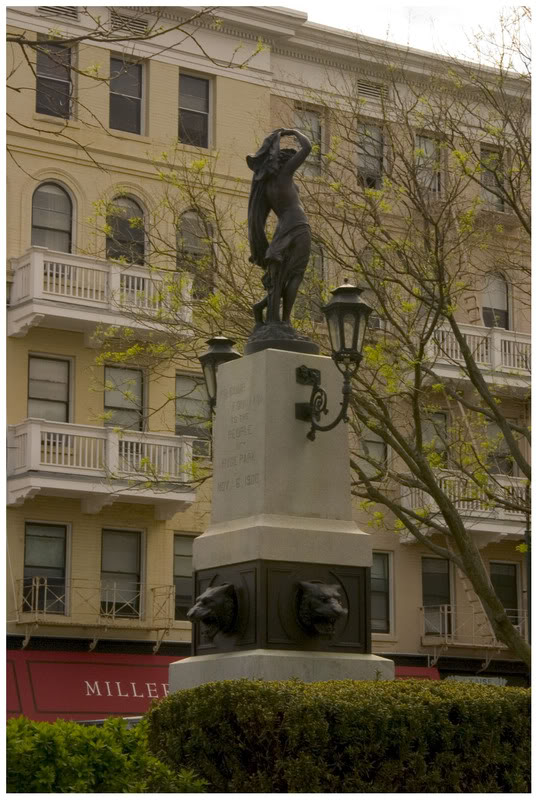
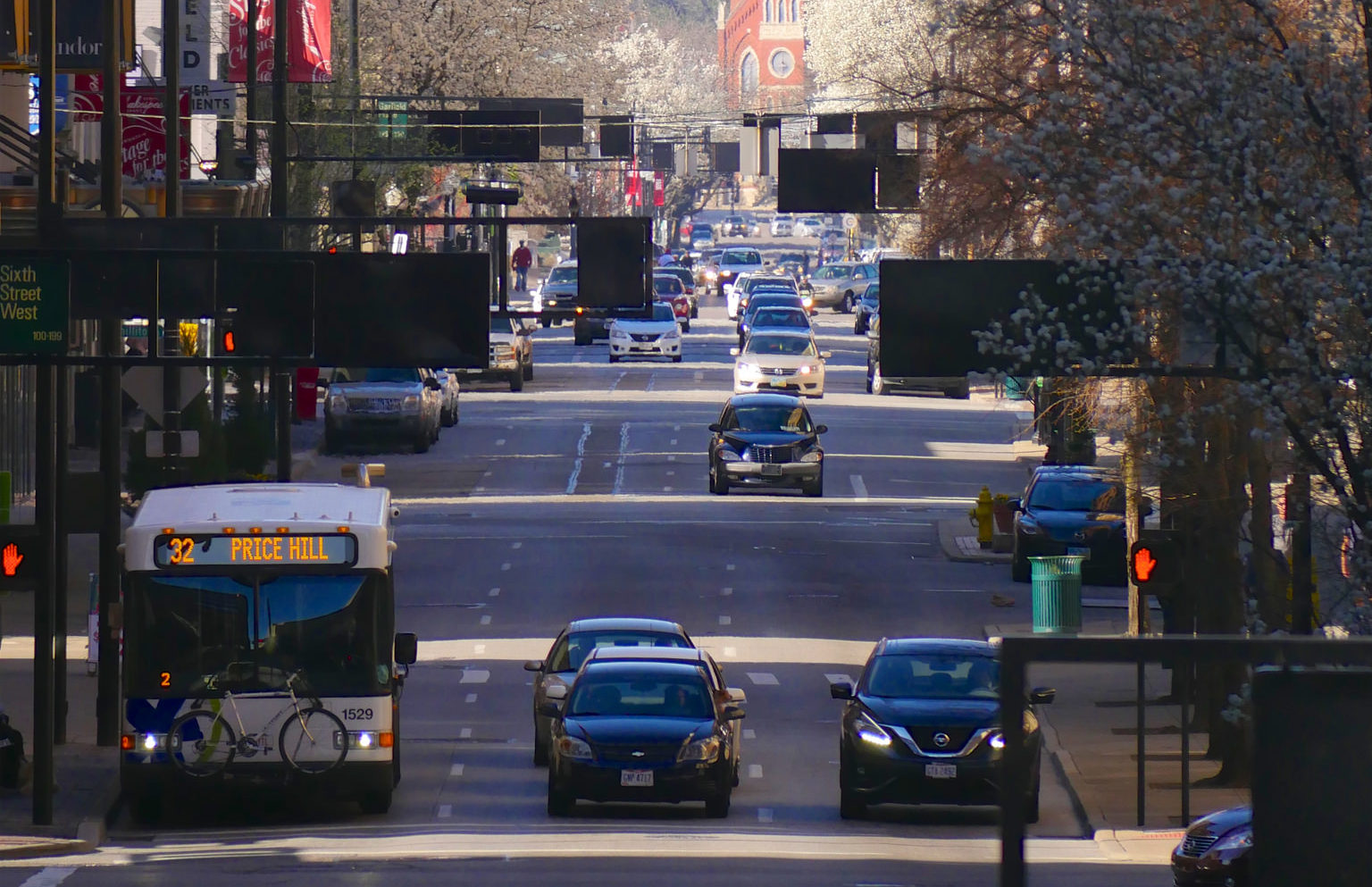
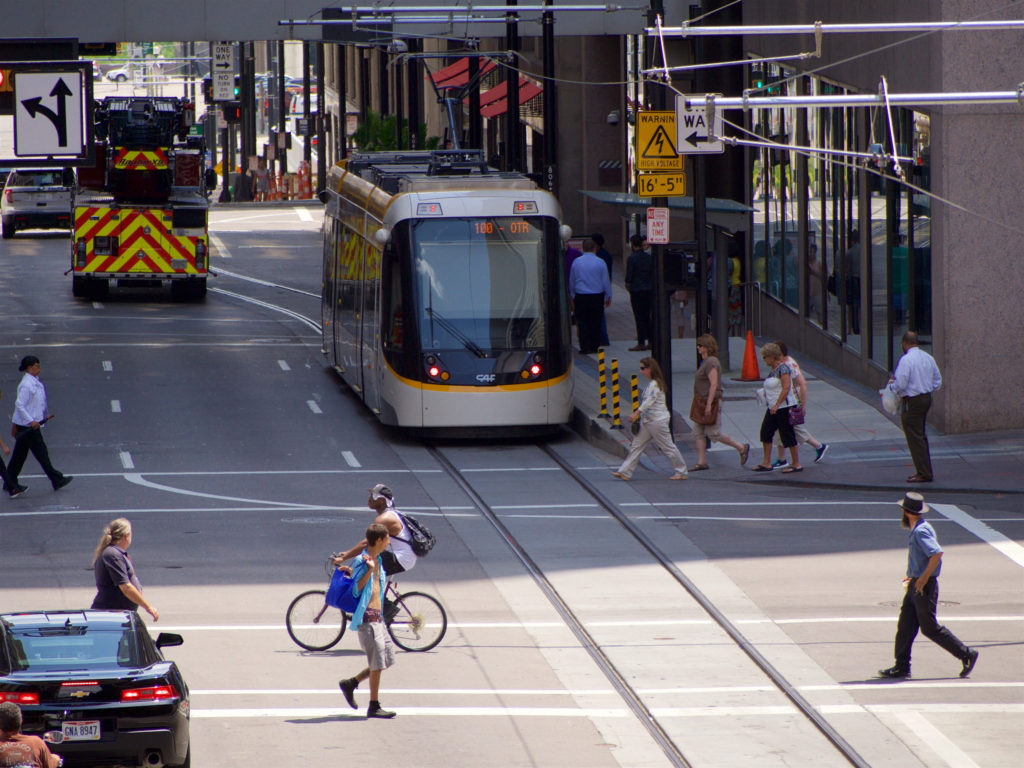
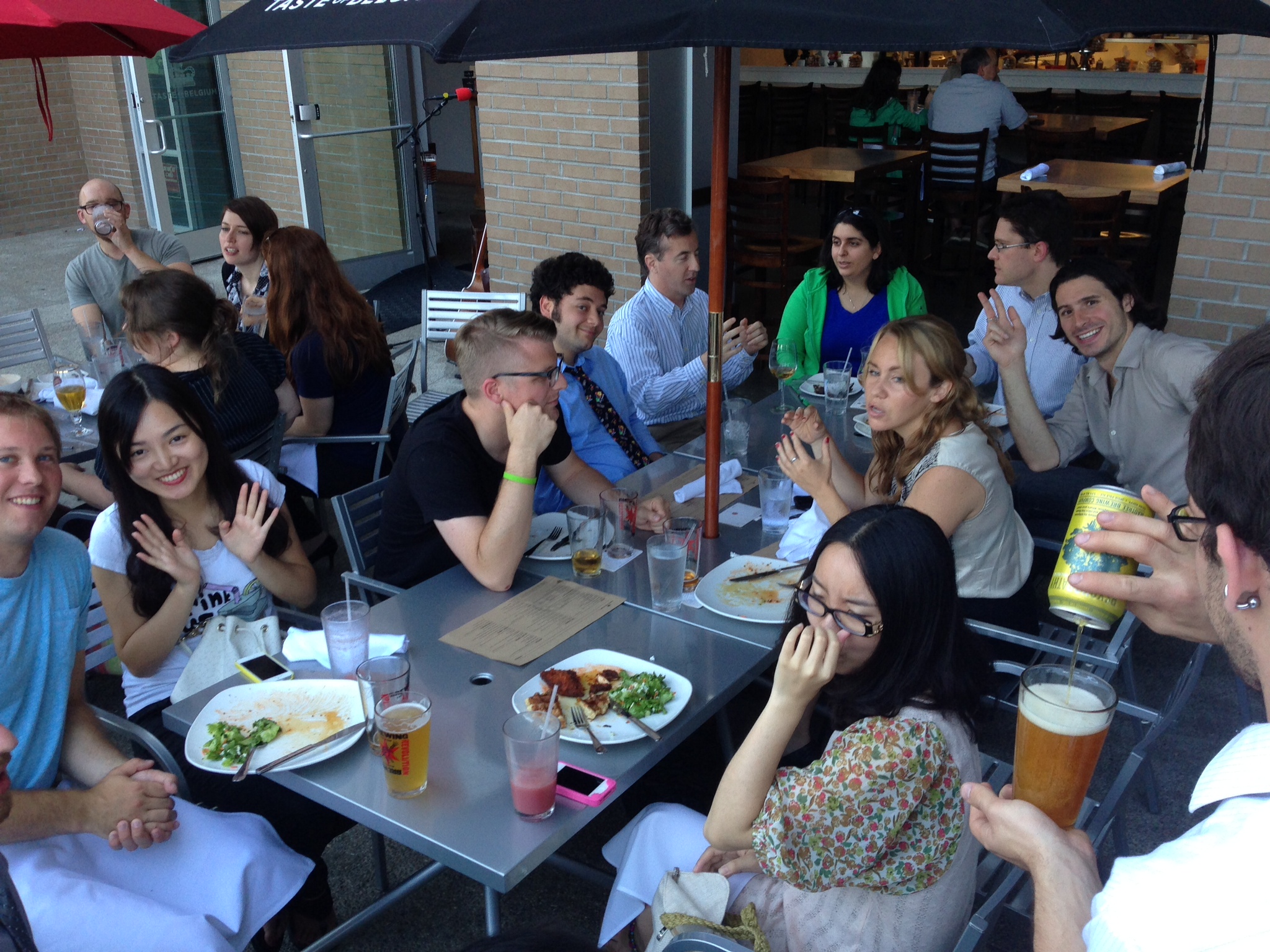
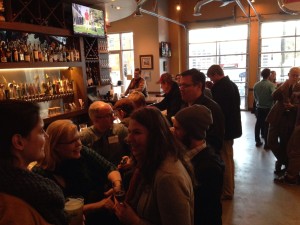 The dog days of summer are upon us but that is no reason to not enjoy good food, drinks and company. It’s time again to have our
The dog days of summer are upon us but that is no reason to not enjoy good food, drinks and company. It’s time again to have our 